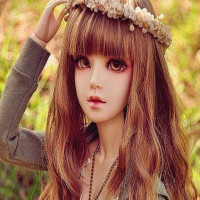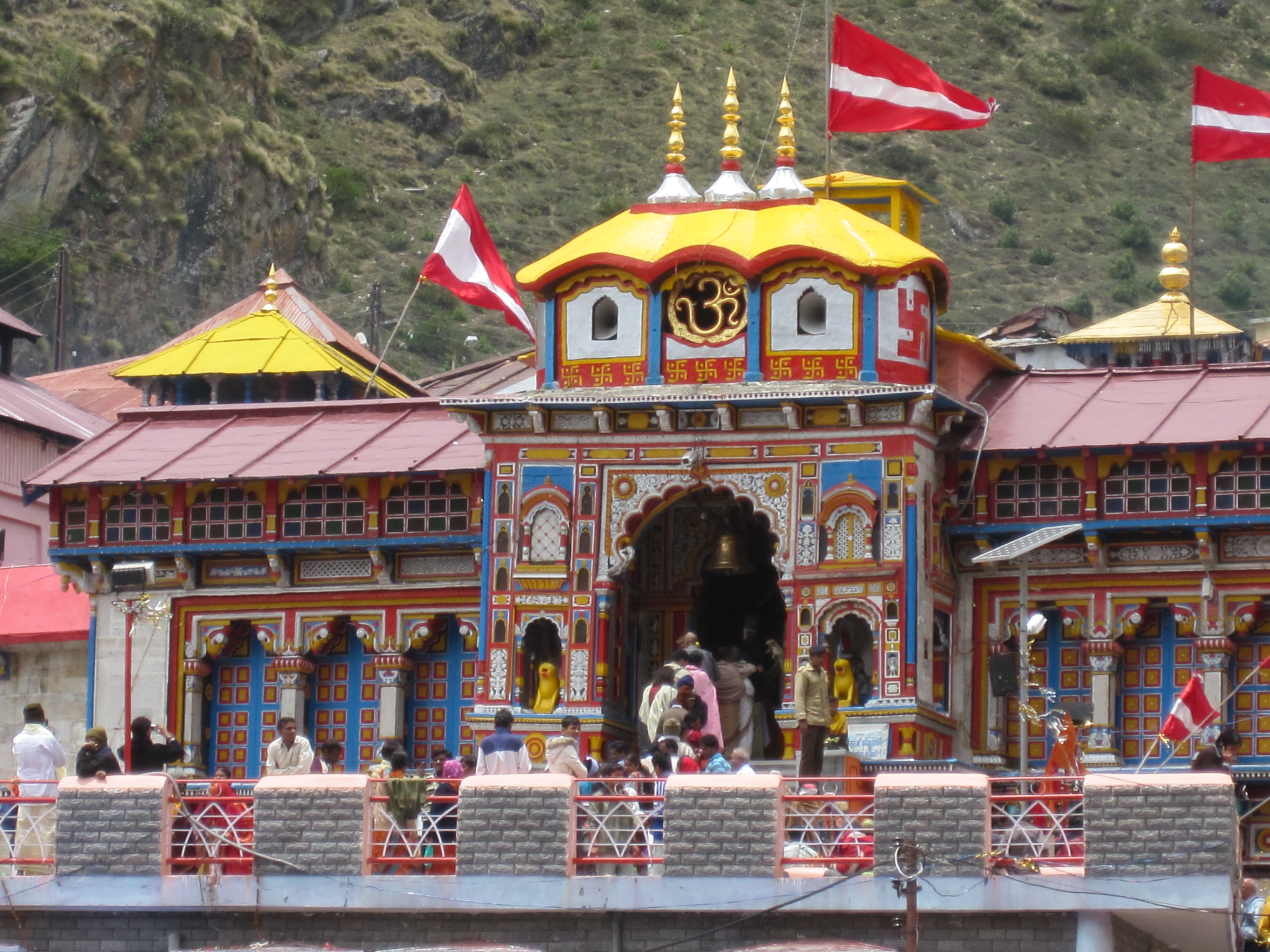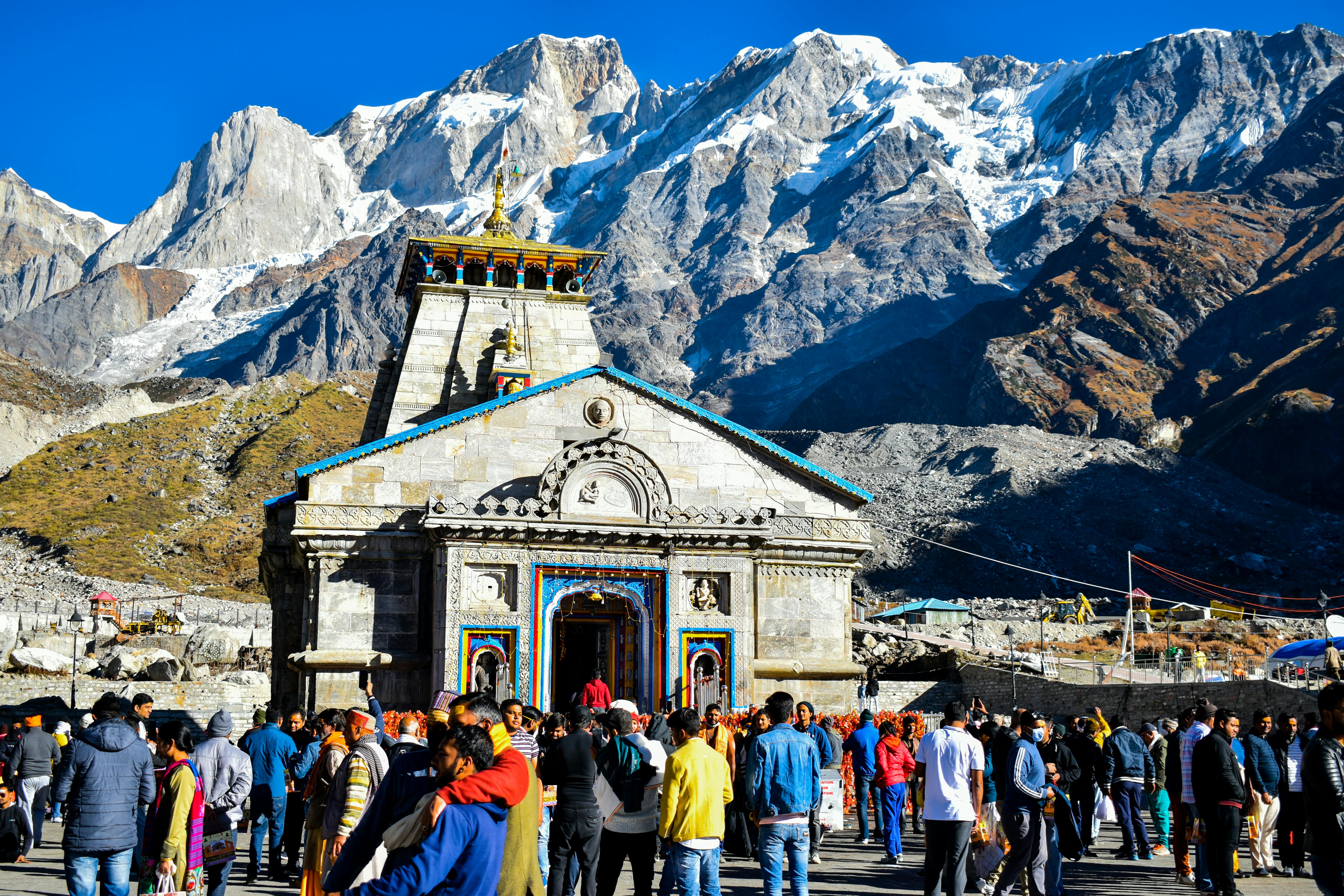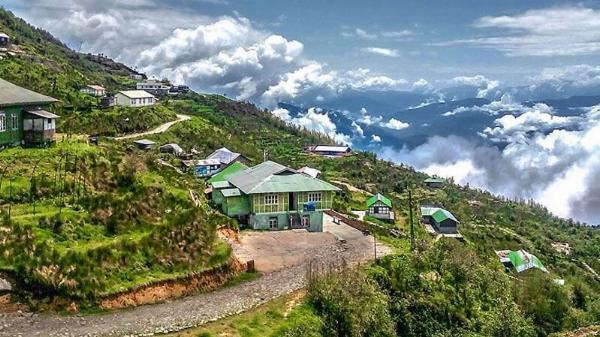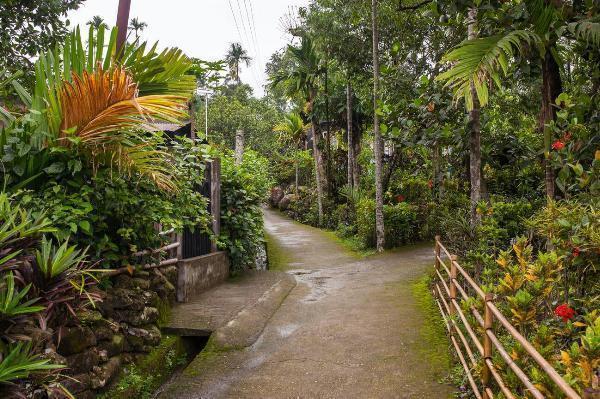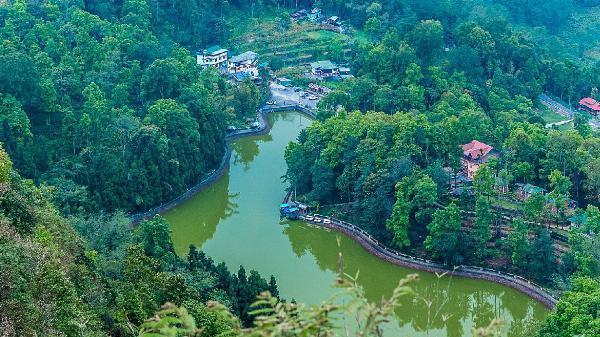Best Time to Visit Ravangla: A Complete Guide
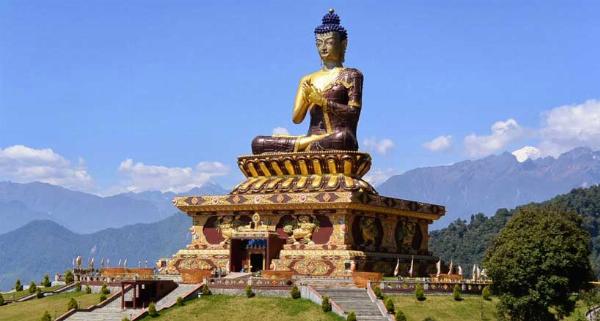
Visiting the southern part of Sikkim, Ravangla is a picturesque town offering a blend of natural beauty, cultural richness and serene tranquility. If you’re planning a trip to this charming destination, knowing the best time to visit Ravangla is crucial for optimizing your experience. This guide will explore the ideal times to visit, taking into account the weather, local events and the best places to visit in Ravangla.
1. Understanding Ravangla’s Climate
Ravangla experiences a temperate climate with distinct seasons. The weather in Ravangla plays a significant role in determining the best time to visit, as it affects the accessibility of attractions and the overall travel experience.
Spring (March to May): Spring is a delightful time to visit Ravangla. The weather is pleasantly warm, with temperatures ranging from 10°C to 20°C (50°F to 68°F). This season brings blooming flowers, including vibrant rhododendrons and orchids, enhancing the natural beauty of the region. It’s an excellent time for outdoor activities like trekking and exploring the local flora.
Summer (June to August): Summer in Ravangla is generally mild, with temperatures ranging from 15°C to 25°C (59°F to 77°F). The weather remains pleasant, making it a good time to explore outdoor attractions. However, this period also marks the beginning of the monsoon season, which can bring heavy rainfall. The lush greenery and refreshed landscapes are a highlight, but be prepared for occasional showers.
Autumn (September to November): Autumn is arguably the best time to visit Ravangla. The weather is cool and comfortable, with temperatures ranging from 10°C to 20°C (50°F to 68°F). The post-monsoon clarity brings stunning views of the Himalayas, and the lush landscapes are at their most vibrant. This season is ideal for sightseeing and outdoor activities, and the weather conditions are generally stable.
Winter (December to February): Winter in Ravangla can be quite cold, with temperatures dropping to 0°C to 10°C (32°F to 50°F). While snowfall is rare in Ravangla itself, nearby areas might experience snow, adding a touch of winter magic to the landscape. If you enjoy cold weather and fewer crowds, winter can be a great time to visit, although some outdoor activities might be limited due to the chill.
2. Best Time for Popular Activities
To make the most of your visit, consider the specific activities you want to enjoy and how the seasons affect them.
Trekking and Hiking: If you’re keen on trekking, including a hike to Maenam Hill, the best time is during the spring and autumn months. The weather is clear and pleasant, and the trails are accessible without the hindrance of heavy rains or snow. Summer treks are possible but can be disrupted by monsoon showers, while winter treks might be too cold and challenging.
Sightseeing: For general sightseeing, including visits to Buddha Park and Ralang Monastery, autumn is the ideal time. The clear skies offer stunning views of the Himalayas, and the mild weather makes exploring comfortable. Spring is also good for sightseeing, with blooming flora adding to the charm of your visits.
Cultural Festivals: If you want to experience local festivals, plan your visit around the festival calendar. Major festivals like Losar (Tibetan New Year) and Buddha Jayanti often take place in the winter and early spring months. These festivals offer unique cultural insights and vibrant celebrations.
Relaxation and Wellness: If your goal is relaxation, including soaking in the Ralang Hot Springs, spring and autumn are perfect. The weather is comfortable, and you can enjoy the serene surroundings without the discomfort of extreme temperatures.
3. Local Events and Festivals
Ravangla hosts several local events and festivals throughout the year, adding a cultural dimension to your visit. Here are some notable festivals and events:
Buddha Jayanti (April): Celebrated to mark the birth, enlightenment, and death of Buddha, this festival features religious ceremonies, cultural performances, and vibrant processions. It’s an excellent time to visit Buddha Park and witness the celebrations.
Losar (February/March): The Tibetan New Year, known as Losar, is celebrated with traditional music, dance, and festive foods. It’s a significant cultural event that offers a deep dive into Tibetan culture and traditions.
Saga Dawa (May/June): This Buddhist festival celebrates the life of Buddha and is marked by prayer ceremonies, rituals, and community gatherings. It’s a spiritually enriching experience and a great time to visit local monasteries.
4. Best Places to Visit in Ravangla
No matter when you visit, Ravangla offers several must-see attractions. Here’s a guide to the best places to visit in Ravangla:
Buddha Park (Tathagata Tsal): A major highlight, Buddha Park features a grand Buddha statue and beautifully landscaped gardens. It’s a peaceful spot for meditation and reflection, with panoramic views of the Himalayas.
Maenam Hill: Known for its breathtaking views and trekking opportunities, Maenam Hill is a popular destination for outdoor enthusiasts. The clear autumn skies offer the best views of the surrounding peaks.
Ralang Monastery: One of the oldest monasteries in Sikkim, Ralang Monastery is a significant cultural and spiritual site. The monastery’s architecture and religious ceremonies provide valuable insights into Tibetan Buddhism.
Ralang Hot Springs: Ideal for relaxation, the natural hot springs offer therapeutic benefits and a serene environment. Spring and autumn are the best times to enjoy this experience comfortably.
5. Practical Travel Tips
Travel Insurance: Regardless of when you visit, consider purchasing travel insurance to cover any unforeseen events, such as medical emergencies or travel disruptions.
Clothing: Pack appropriately based on the season. Lightweight clothing is suitable for spring and summer, while warmer layers are necessary for autumn and winter. Don’t forget a raincoat or umbrella for the monsoon season.
Booking Accommodation: Book your accommodation in advance, especially if traveling during peak seasons or festivals. This ensures availability and often provides better rates.
Local Transport: Ravangla is well-connected by road, but transportation options may be limited in remote areas. Consider hiring a local driver or using tour packages for convenience.
6. Conclusion
Choosing the best time to visit Ravangla largely depends on your preferences and the activities you want to enjoy. Spring and autumn offer the most pleasant weather and are ideal for sightseeing and outdoor adventures. Summer provides lush landscapes and mild temperatures but comes with the possibility of monsoon rains. Winter offers a quieter experience with cooler temperatures, though some activities may be limited.
No matter when you decide to visit, Ravangla’s natural beauty and cultural richness promise a memorable experience. Plan your trip based on the weather, local events, and the best places to visit in Ravangla, and you’ll be sure to enjoy the charm of this Himalayan gem.
Note: IndiBlogHub features both user-submitted and editorial content. We do not verify third-party contributions. Read our Disclaimer and Privacy Policyfor details.

